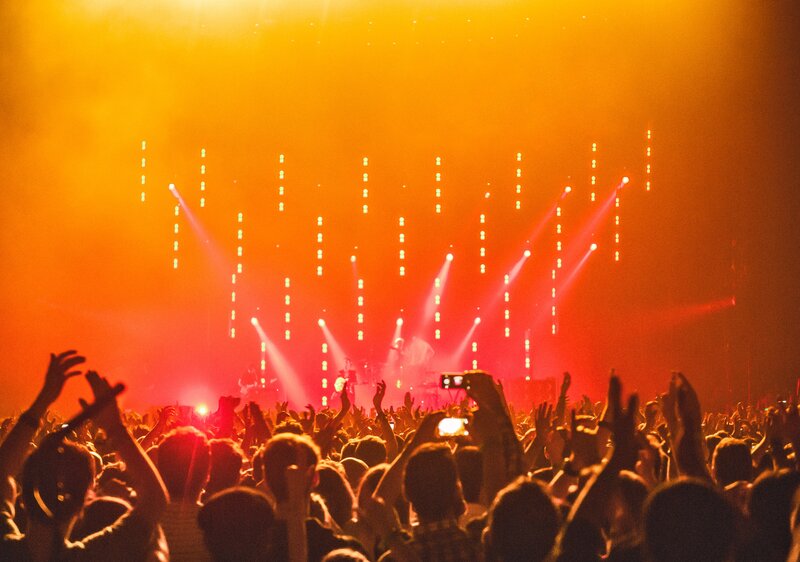
There is a long list of substances that fall under the category of so-called ‘party substances’. Party-goers often take them because of the effects that they induce. In particular, these substances heighten visual and emotional responses to lights and sounds in party environments. In the same way that prescription medications can have addictive tendencies, so too can party substances. This article aims to provide more information about what party substances are, their side effects, and how they can be misused.
The team at Pacifica Treatment Centre wants to help make information about substance use more widely available. When the community is well informed, positive changes happen. While Opioids are at the forefront of the Drug Toxicity Crisis in Canada, it’s important to monitor and understand the use of other substances and the effect they have on our fellow Canadians.
What Is a Party Substance?
They commonly include stimulants, sedatives, hallucinogenics, and psychedelics. Because the word party is in the name, it might suggest these substances are less dangerous. When in fact, the opposite is true. Party substances are uncontrolled and unregulated, meaning two things. The first is that there is nothing guaranteeing the dosage you receive is correct, as no one is controlling the amount placed in each dose. Secondly, unless you purchase and test each dose, there is no way to guarantee you are purchasing the correct substance.
- Among methamphetamine-containing samples, more than one in ten (11%) contained another psychoactive substance, increasing to almost half (46%) when including cutting agents.
- Among cocaine-containing samples, one in 20 (5%) contained another psychoactive substance, increasing to almost a third (29%) when including cutting agents.
Party substances are commonly cut with cheap additives or spiked with powerful, toxic chemicals in an attempt to ‘boost’ the effects. Uncontrolled dose and unknown chemical makeup puts you at a higher risk of overdose and may result in the early stages of problematic substance use.
What are the Different Types of Party Substances?
The most commonly used types of party substances include:
- Cocaine
- MDMA (Methylenedioxymethamphetamine), interchanged with Ecstasy
- GHB (Gamma-hydroxybutyrate)
- Ketamine
- Rohypnol, aka Roofies
- Methamphetamine
- LSD (Lysergic Acid Diethylamide), aka Acid
What is Party Substance Misuse?
Substances used by party-goers produce the same diminishing returns as prescription medications. That is, as you continue to take a substance, your tolerance increases and you will have to take increasing amounts to receive the same effect.
Oftentimes, people attending raves, clubs, or parties feel that they ‘need’ a substance in order to have a good time. All too easily it can become second nature, at which point substance use becomes normalized.
This can be the beginning of substance dependency and can result in progressive misuse. The chemicals found in these substances have been shown to alter the brain chemistry of those who use them. This interrupts many of the brain’s key functions and can be the catalyst for worsening mental health concerns and mental illness (including Substance Use Disorder).
When Should I Seek Treatment?
The best-case scenario would be to stop party substance use as soon as possible. Beyond that, the team at Pacifica encourages all community members, friends, and family to seek out help at the first sign of adverse effects on your physical or mental health.
Acting early and decisively will give you the best chance at recovery. Party substances have the same addictive potential as opioids and powerful prescription medications, and as such are treated in the same way through treatment programs.
At Pacifica Treatment Centre, we offer in-residence programs of up to 84 days. During this time you can work with our counselors to develop coping mechanisms that will aid in your recovery. We also offer continuing care programs for when you return home from treatment. These programs are designed to help you maintain active recovery whilst in community.
Click here to learn more about the programs offered at Pacifica
Statistics on Party Substance Use In Canada
To give you a better understanding of the impact that “party substances” are having on Canadians, we have included a list of relevant stats. The statistics provide information on usage during the year, as well as trending data that shows increases year over year. Obtained via The Canadian Alcohol and Drugs Survey (CADS)
- Past-year use of at least one of six illegal drugs (cocaine, methamphetamine, ecstasy, hallucinogens, heroin, salvia) was 3% (1.1 million)
- Cocaine remained the most-consumed illegal substance, with 2% (605,000) of respondents having consumed cocaine or crack in the past year.
- Unlike the younger age group, past-year use of cocaine for youth ages 20–24 has significantly increased from 3.3% in 2013 to 6.2% in 2017
- Two percent (2% or 587,000) of Canadians consumed hallucinogens in 2019
- One percent (1% or 353,000) of Canadians reported consuming ecstasy in the past year
Substance Use Rehabilitation Centre In Vancouver, BC
Pacifica provides in-residence treatment and community-based services for individuals experiencing problematic substance use, in conjunction with concurrent mental health concerns and trauma.
To learn more about our programs or to take the first step toward recovery, call 1-866-446-0668 (24hrs) or schedule an appointment online today!